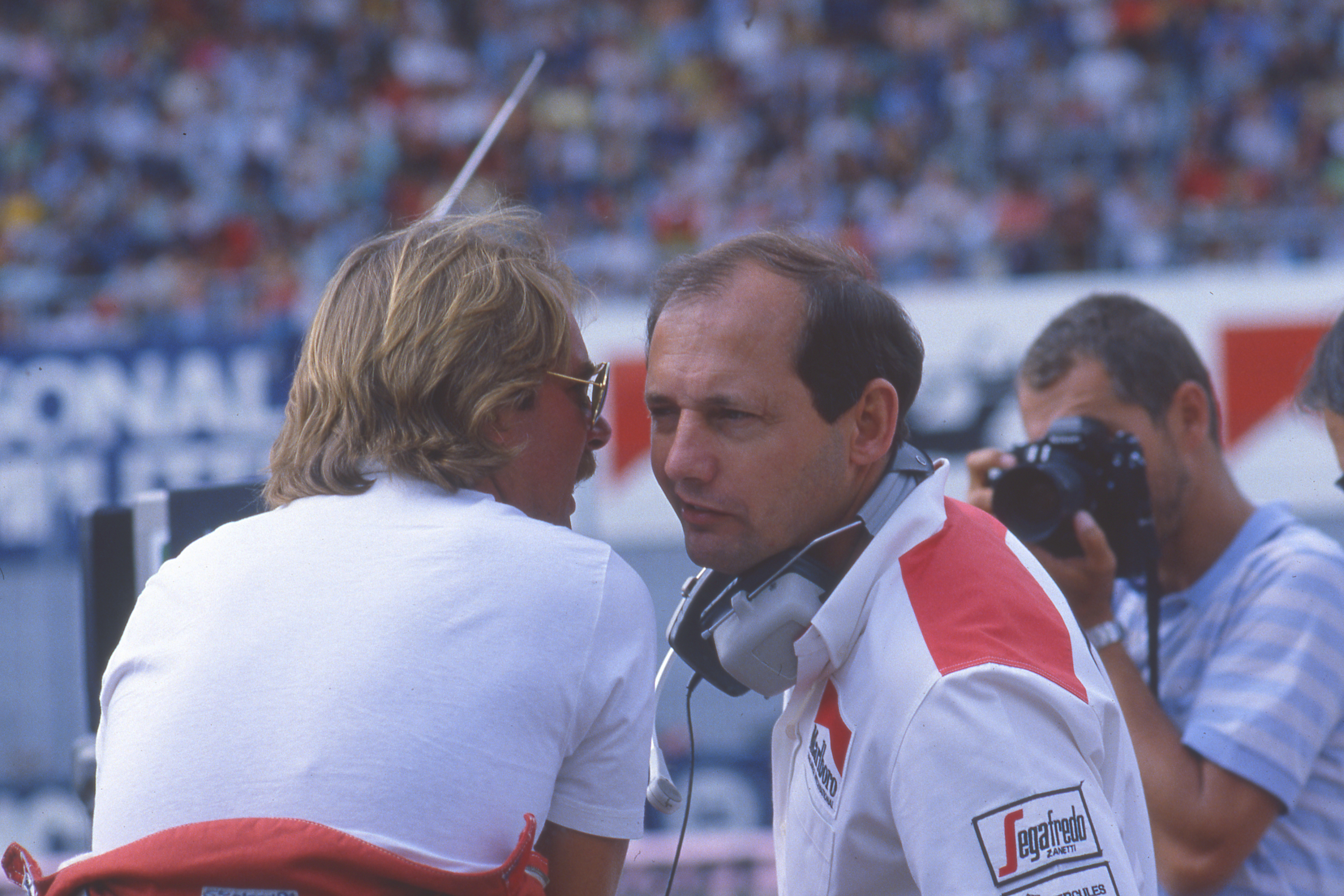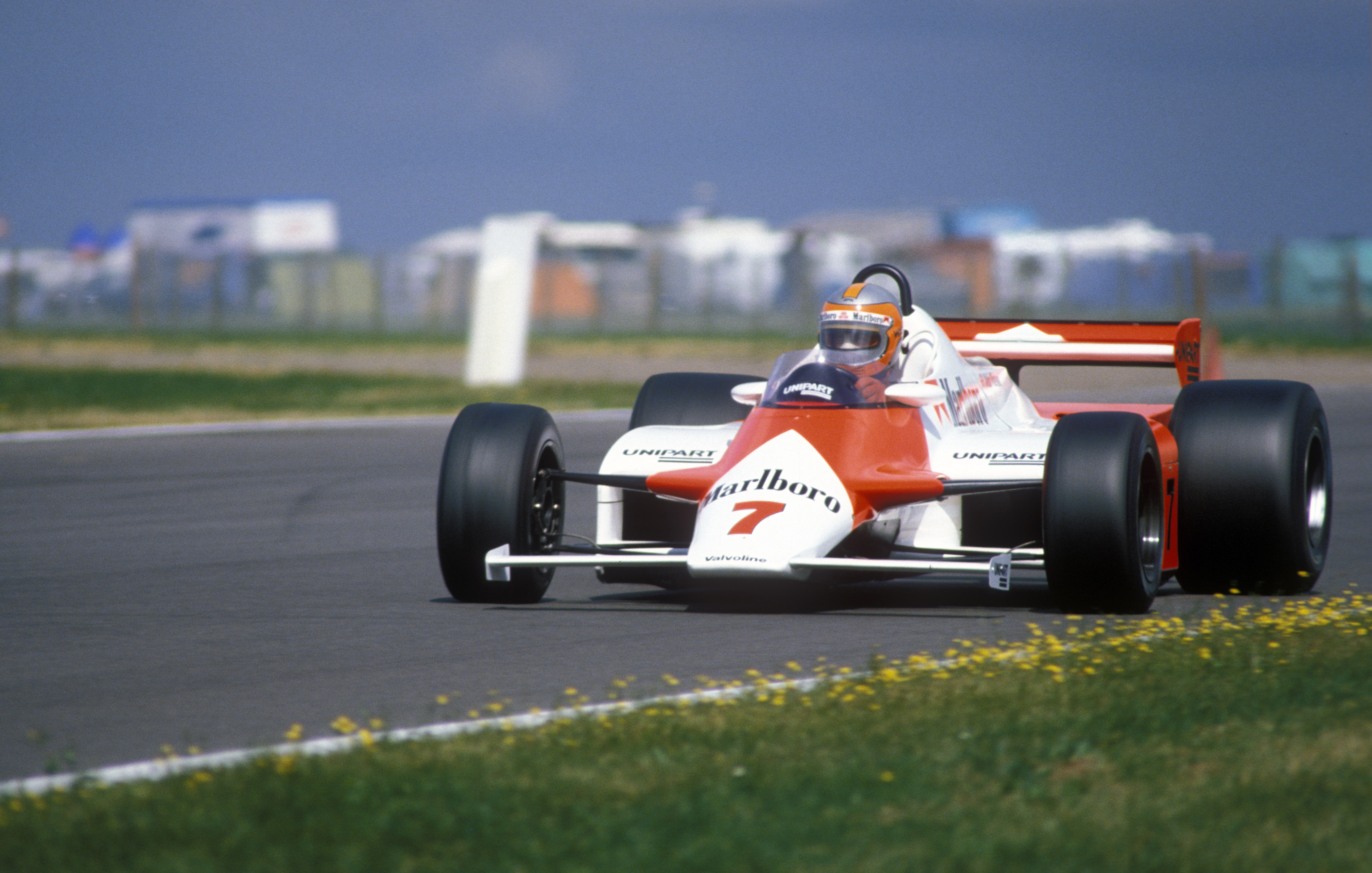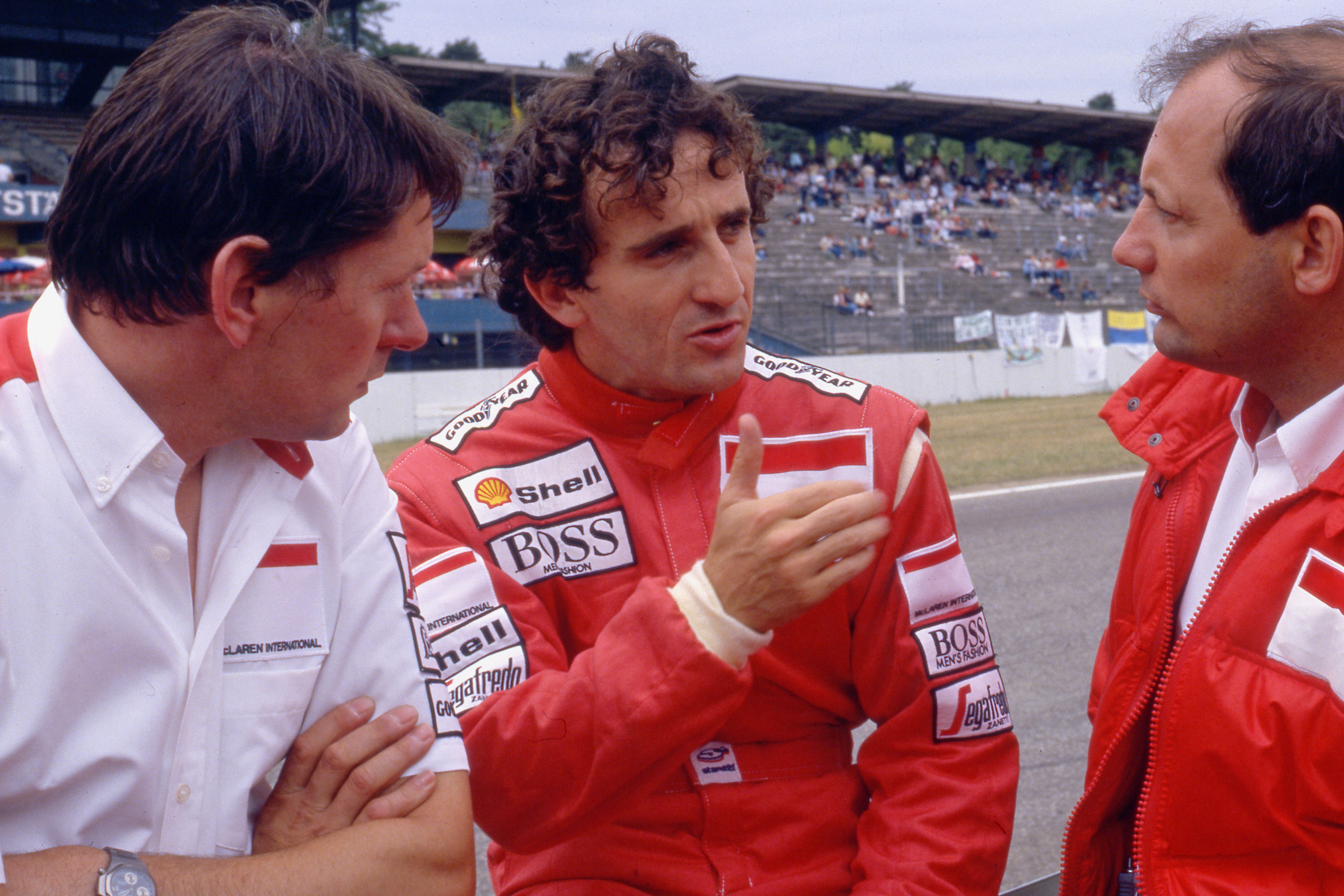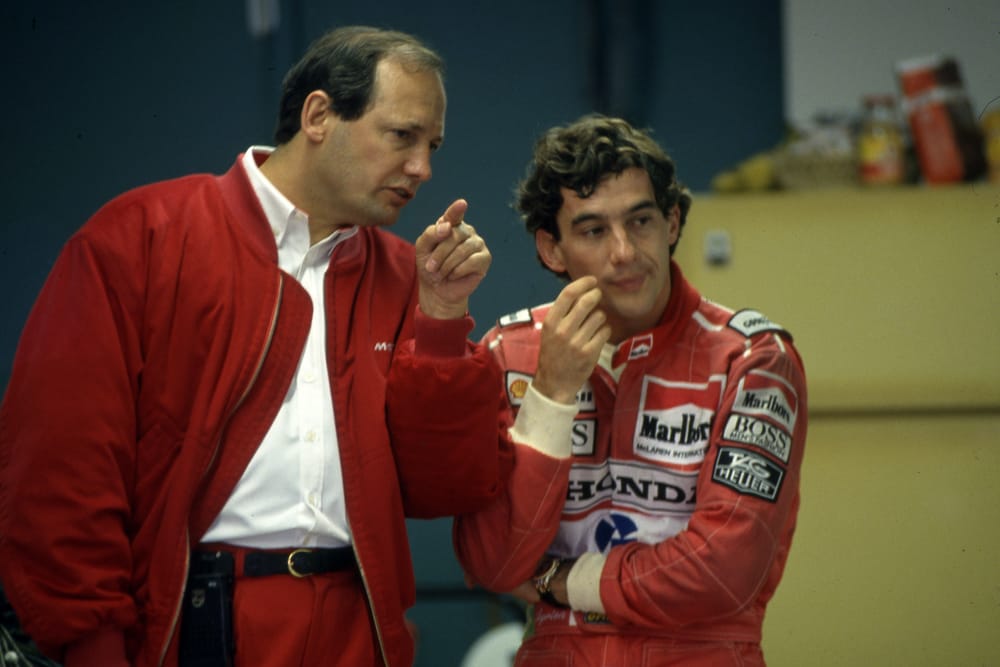Up Next

Ron Dennis, who spearheaded McLaren during its spell as a titan of Formula 1, is among those to have been recognised on the 2024 New Year honours list with a knighthood for his services to industry and charity.
Dennis's stint at the helm of McLaren ran from 1981-2016 as he not only transformed its fortunes in the 1980s but redefined many of the ways in which an F1 team operated.
In this extract, first run as part of a wider look at the three distinct eras of the F1 team and their respective successes, here's how Mark Hughes characterised Sir Ron's McLaren.

The extraordinarily ambitious Dennis took over a once great but struggling team apparently on the way to oblivion and over the next few years transformed it into a giant, completely changing the scale of what an F1 team was. It employed around 50 people when he took over, around 800 when he left.
Here was a man with a big-screen vision for the team akin to that of founder Bruce, although they were very different people and the traits of their teams reflected their personalities. Ron was a fastidious perfectionist and under his leadership, the team acquired a sheen of high-gloss professionalism.
He was also a great businessman and operator, recruiting a stream of partners, not least Mansour Ojjeh, who would allow him to recapitalise the team to an extent never before seen in F1, and this investment fuelled a staggering expansion as the sport itself was commercially electrified in the Bernie Ecclestone era. Dennis just kept upping the financial stakes and the other teams had to keep up or whither and die.
Steve Hallam joined the team from Lotus in 1990 - and got his first appreciation for what Dennis had achieved. “I walked into the factory and was blown away,” he recalled. “I thought we had been a top team at Lotus but as soon as I saw what Ron had done I understood we weren’t even in the same league. The game had moved on.”
First victory: 1981 British Grand Prix, John Watson

John Watson famously scored McLaren’s maiden victory of the Dennis era, in John Barnard’s MP4/1, F1’s first carbonfibre car, at the 1981 British Grand Prix. The leading turbos dropped out and Watson, having overtaken Carlos Reutemann’s Williams, was there to take full advantage.
This was just as F1 was beginning to be dominated by turbocharged engines and McLaren initially was having to fight as best it could still with the normally-aspirated Cosworth DFV. It was a contender with Watson and a returning Niki Lauda in 1982-83 but the first Dennis-era of McLaren domination was just around the corner.
Ojjeh’s investment in the team allowed Dennis to commission Porsche to make a turbo F1 engine to Barnard’s dimensional specifications.
The resultant McLaren-TAG MP4/2 moved the game on and was utterly dominant in 1984 and 1985, with Lauda and Alain Prost. Here was the team Dennis had imagined into life, with the best of everything. Its huge smoked glass base in Woking seemed the embodiment of all the values Dennis instilled in the team and soon there would be an automotive branch as Dennis finally achieved what Bruce McLaren himself had originally envisioned.
First pole: 1984 Monaco Grand Prix, Alain Prost

The TAG-Porsche turbos had vastly better fuel efficiency than any other and could therefore run with more power during the races. But they didn’t feature a super high-boost qualifying mode and so McLaren didn’t often start from pole.
The combination of a less power-sensitive circuit, the skills of Prost and the MP4/2’s nimbleness came through for the Dennis-era McLaren’s first pole in Monaco 1984. This was the infamous race where Toleman rookie Ayrton Senna first gave notice of intent and put himself firmly on Prost’s radar.
Ron Dennis era (1981-2016) statistics
Races entered: 598
Wins: 158 (26%)
Poles: 136 (22.7%)
Dennis had already tried to sign Senna but would only finally succeed in 1988 as part of the package Dennis had agreed with Honda to come in as partner.
This superteam of McLaren, Honda, Senna and Prost predictably dominated F1 in a way that eclipsed even the team’s peak TAG-Porsche seasons. Those seasons rolled by in a blur of dayglo dominance even after Prost had left the team. It was a phase brought to an end by Williams, active ride and Adrian Newey.
Dennis’s subsequent recruitment of Newey along with a Mercedes partnership (and subsequent equity deal) was the foundation for the Mika Hakkinen championships and the Kimi Raikkonen years, during which the MTC building came into existence as the ultimate monument to what Ron had achieved.
Newey left, Mercedes stayed and Lewis Hamilton arrived and won. But spygate in 2007 inflicted mortal harm on Dennis and from then until his final departure from McLaren in 2016, he was no longer the master of McLaren’s destiny.
The McLaren Dennis created in his image was a colossus of a team and had things been just slightly different could probably have dominated the sport for many years. Spygate, the related loss of Mercedes as an equity partner and his falling out with Ojjeh began a slow but sure downward spiral.





